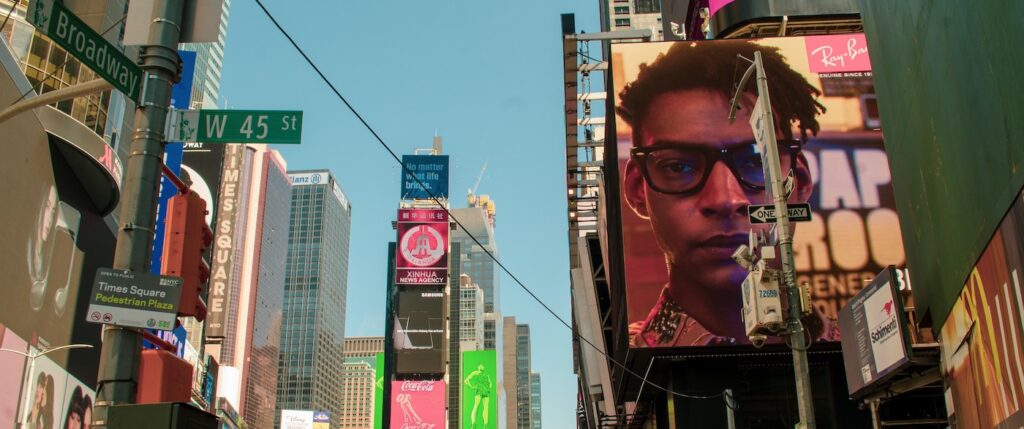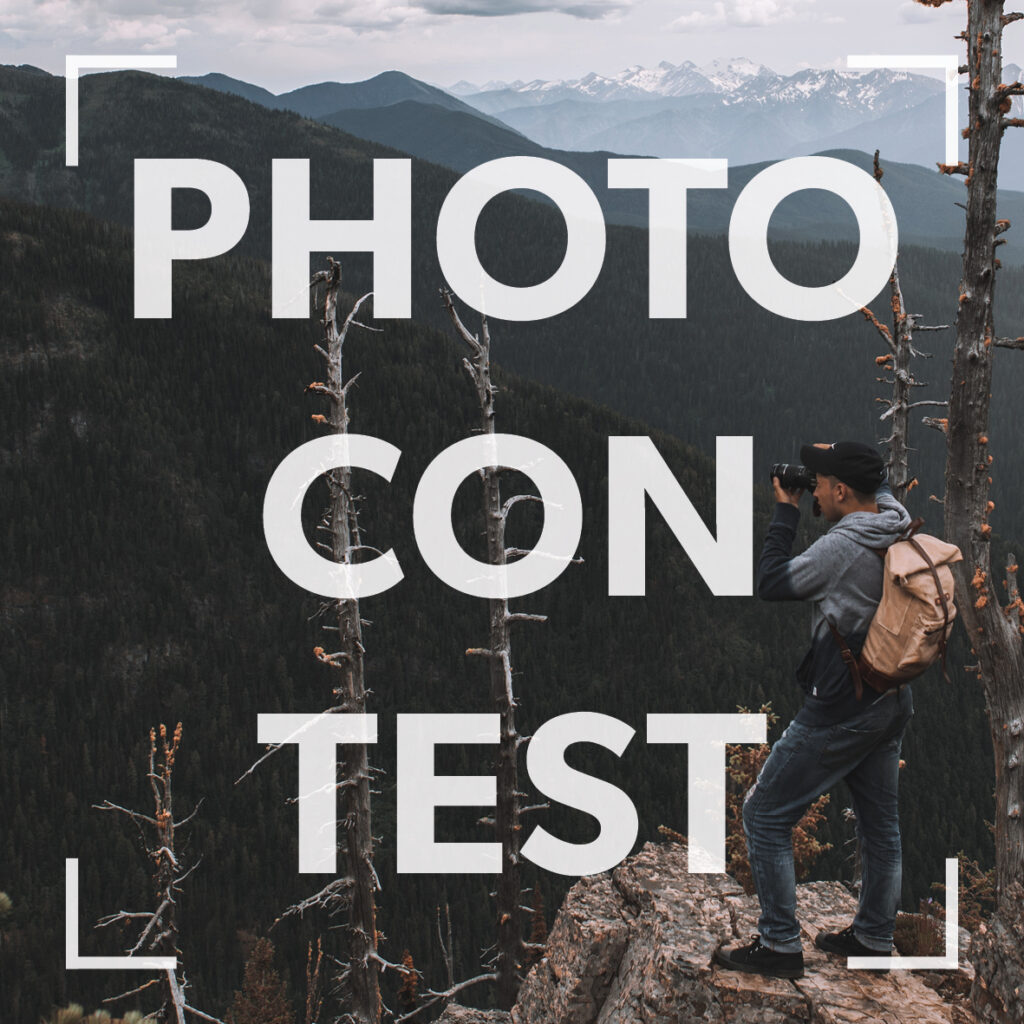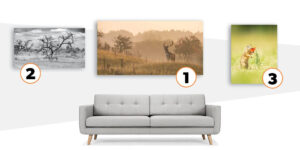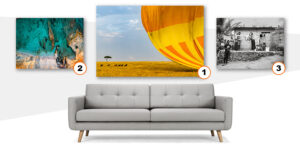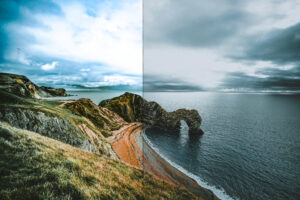When you look at a photo, have you ever consciously thought about how far your eyes are from the image you’re admiring? Probably not. As photographers, we’re most often concerned with the photo’s resolution, not its viewing distance. Yet when printing photos both the viewing distance and resolution are important. Let’s explore how a photo’s viewing distance and its resolution work together, to create the ideal photo viewing experience.
Naturally comfortable viewing distance
Most likely you’re not going to admire a small photo from all the way across the room. Unless you really like squinting. You’re probably also not going to stand 12 inches (30 centimeters) from a huge wall print. Unless you really enjoy looking cross-eyed. There’s a viewing distance that feels naturally comfortable. That distance both depends on the size of your photo and can influence its resolution.
Small photos need higher resolution
When you’re looking at a small photo, such as a 4 x 6 inches (10 x 15 centimeters) print, you’re usually only a few feet or half-a-meter away from it. You need to be close to really see it. This means it needs a higher resolution than photos that are seen from farther away.

Big images need less high resolution
Bigger photos need less-big resolutions Photo wall prints are big, sometimes huge, which is why they can be viewed perfectly from the other side of your living room. Because the photo will be viewed from farther away, it can have a lower resolution and still look great. Photos that will be hung on the wall don’t need to be saved at a 300 PPI resolution. At Xpozer, we print photos with a minimum resolution of 80 PPI as large as 40 x 80 inches and 100 x 200 centimeters Billboards only need around 15ppi because they’re viewed from super far away.

Building size images

What’s the difference between DPI and PPI?
DPI (dots per inch) and PPI (pixels per inch) are often used interchangeably, but they’re not the same thing. DPI is a printing term that refers to the number of physical dots of ink printed in one square inch of a printed photo. PPI is a digital term that refers to the number of digital pixels that appear in one square inch of a digital image. Unless you’re a professional photo printer, you generally don’t need to worry about DPI. Focus your attention on the PPI and aim for 80 PPI or higher when saving a photo for a wall print.
How do a camera’s megapixels affect your photos?
Cameras with more megapixels can shoot higher resolution photos. This affects how large the photo can be printed. Many smartphones have cameras with 12+ megapixels and SLR cameras have even more (sometimes much, much more). The more megapixels you have, the bigger you can print your photos.

